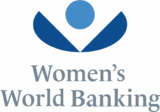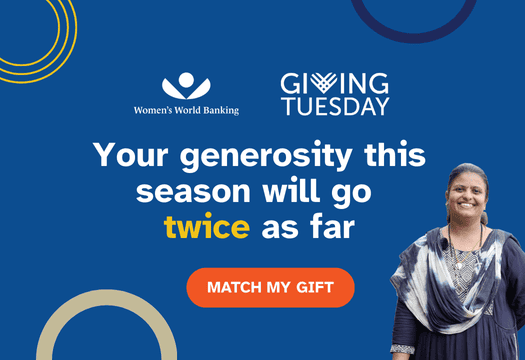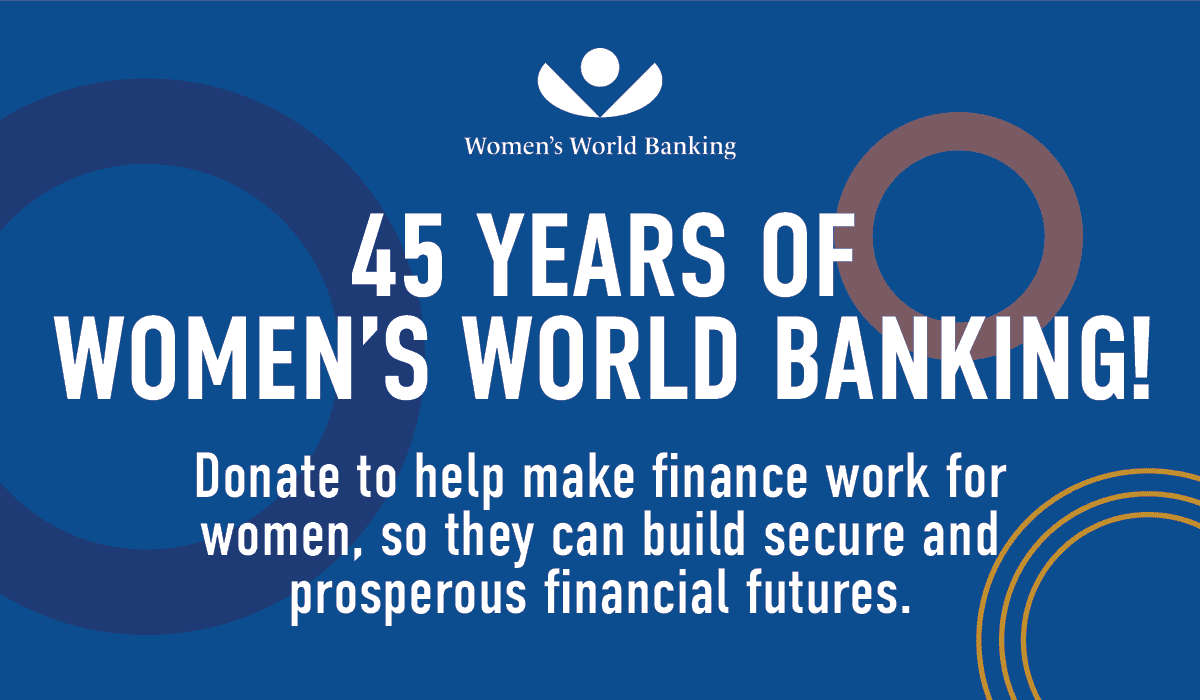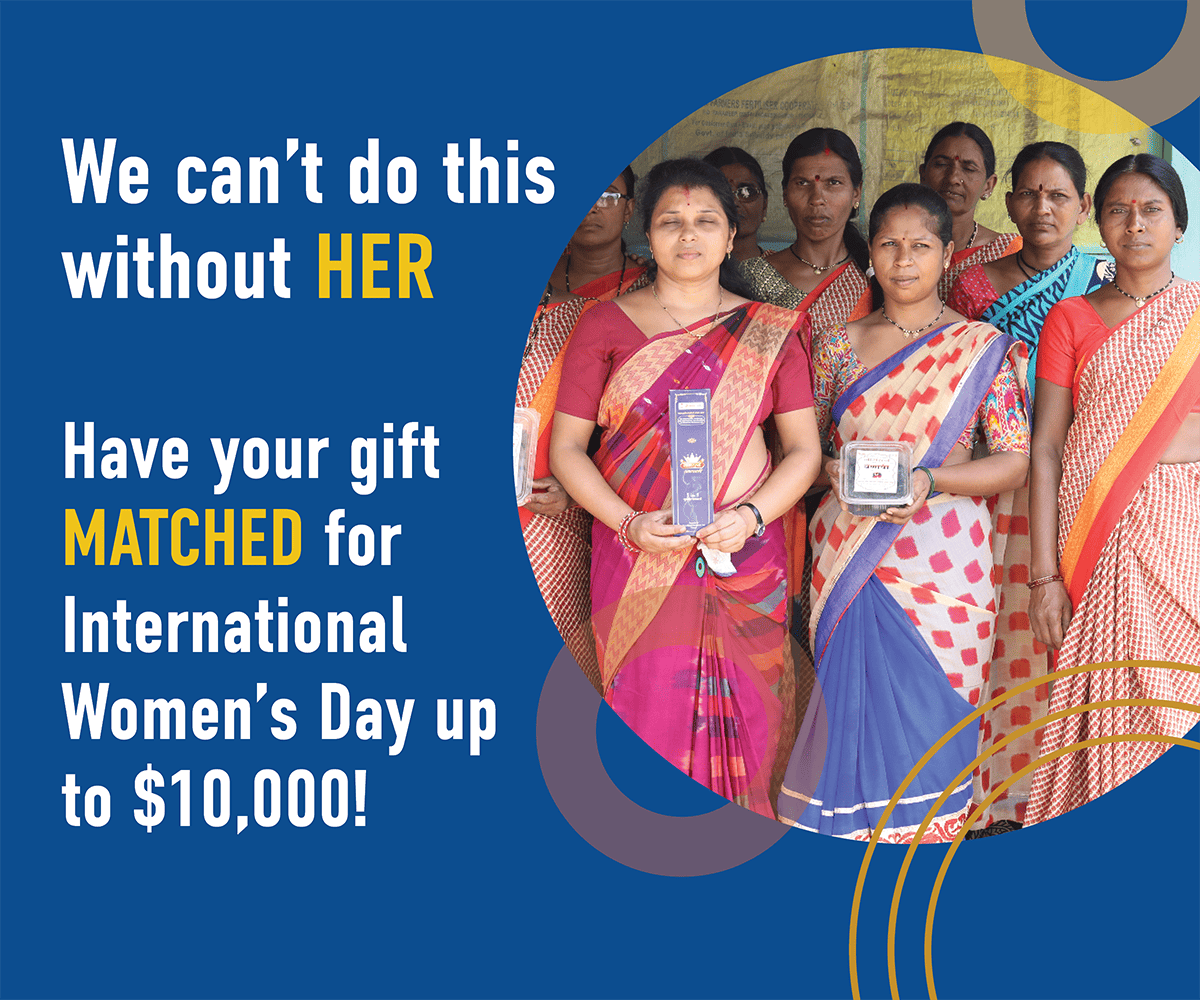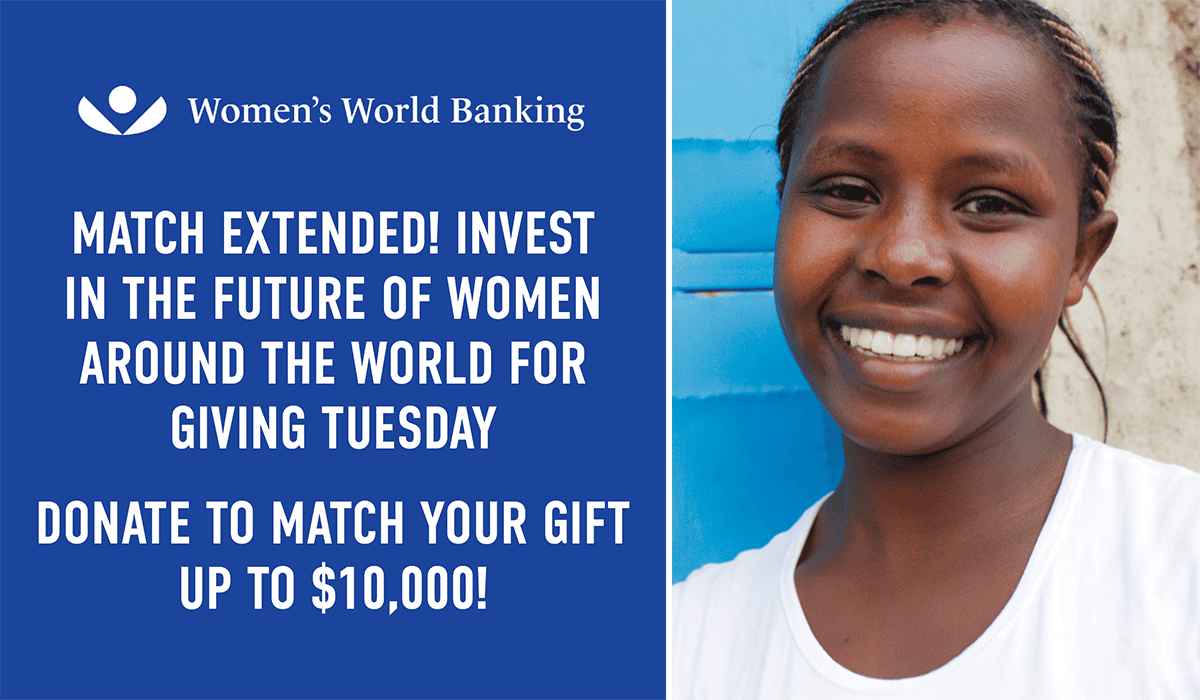Imagine trying to open a bank account, receive government support, or even send money—without a personal ID. For 850 million people globally – almost twice the population of Europe – this is a harsh reality. Without ID ownership, these individuals are prevented from accessing essential services and fully participating in the economy. The gender gap is especially stark: in low-income countries, 44% of women lack formal ID, compared to 28% of men.
But there’s hope—by enabling women to access digital ID, we can unlock up to 13% of GDP by 2030, an opportunity both for underserved populations and investors alike. Digital ID ownership is the starting point for achieving true financial inclusion.
It all starts with ID
Ensuring women have digital ID must be the foundation of any efforts to improve women’s financial inclusion.[1] That’s why policymakers must track the enrollment of women in national digital ID programs and build the digital financial capability of women in their country. Women worldwide are less likely to have access to the internet and generally possess lower digital literacy than men. Globally, more than 785 million women do not have access to mobile internet, and 60% of these women live in South Asia and sub-Saharan Africa. With 161 countries using digital ID systems, closing the digital divide is a prerequisite to creating inclusive digital ID systems.
Once a woman accesses digital ID, she can unlock an entire world of financial services. Take the case of remittances. For 29 countries around the world, remittances make up 20% of their GDP, highlighting the sheer scale of these transfers and the potential to leverage them to bring more women – who make up 55% of remittance recipients globally – into the formal financial system.
A visit to Samut Prakan, an industrial zone located 30 kilometers outside Bangkok, offers a glimpse into the importance of ID and safe financial services. Here, thousands of Cambodian migrant workers, particularly women, work in manufacturing and construction earning as little as 2-5 USD a day. For migrant workers like Sreyna Chab in Thailand, formal ID unlocks new possibilities. Sreyna moved from Cambodia in search of a better life, but without the proper documentation, her journey was filled with uncertainty. After years of hardship, including difficulty accessing financial services, Sreyna finally obtained legal documents. While many migrant workers live paycheck to paycheck, Sreyna manages to send between 100-200 USD back home every month, mainly through informal remittance channels.
Advancing inclusive payments: a smart economic strategy
The number of fintechs in Africa has more than doubled in just a few years, with 1,263 companies offering digital financial services in 2024, compared to just 450 in 2020. Yet, while access is expanding, usage remains a challenge. We need to ask whether these services truly meet the needs of women. Financial tools and services need to be designed with women – and their unique experiences, needs, and challenges – in mind.
Many payment platforms fail to account for the reality of women’s lives, but the solution is clear: by designing services with women in mind, we can unlock this large, underserved market. This requires collaboration between policymakers, regulators, and financial service providers to break down the barriers that exclude women from financial systems. This isn’t just the right thing to do—it’s smart economics.
In Cambodia, WING Bank partnered with Women’s World Banking to make its digital wallet more accessible to women factory workers.
Sreyna dreams of one day returning to Cambodia to start her own business, so every cent counts. But she once lost her money through an informal remittance scheme. “It just disappeared. I felt sad and helpless because I couldn’t get my money back,” she said. The incident was a hard lesson in the importance of security in formal banking. She now uses the WING Bank app to send money back home in a way that’s not only faster but also safer. “I know my hard-earned money is well protected and the fees are reasonable,” said Sreyna, who is now spreading the word about the importance of safe financial services to fellow migrant workers.
Consumer protection: trust and transparency are key
Once women have national ID and access to services designed to fit their needs, an essential third layer of financial inclusion measures comes in: customer protection. That’s why policymakers must prioritize building capability among the women in their country in a way that helps demystify financial literacy.
Women worry more about privacy and potential fraud, and rightly so. Research in Côte d’Ivoire shows that women are more vulnerable to fraud and cyber risks than men. With digital financial services rapidly expanding, new risks such as identity fraud and non-transparent use of data are also on the rise, while aggressive marketing techniques often lead vulnerable individuals to purchase products unsuitable to their needs.
For women to confidently engage with financial services, they need trust—and that’s where consumer protection becomes critical. Sreyna’s story highlights the transformative power of secure, affordable services. “The transaction fee is only 99 Baht (USD 2.7), and within five minutes, my family can get the money,” she says, illustrating how formal financial services offer the protection and reliability that informal channels cannot provide. The shift to formal services has given her family peace of mind, knowing that money can be accessed instantly, especially in emergencies.
For women in low-income or migrant communities, digital financial services offer not only a safer alternative but a lifeline. But access alone isn’t enough—policymakers must prioritize consumer protection to ensure these services are reliable, transparent, and trustworthy. Financial providers must demystify their products through clear, accessible information, helping women like Sreyna make informed decisions about their financial futures. This is why the WING Bank app was paired with “learning-by-doing” trainings, which also resulted in a significant increase in monthly transactions, including savings, proving the effectiveness of women-centered design.
While most of us want to hear about silver bullet solutions and “low-hanging fruit” that can easily be “harvested” for quick results and impact, complex issues such as women’s financial inclusion require investments in holistic solutions that support systemic change. And systemic change takes time. However, there are plenty of case studies from partners like Women’s World Banking, of low-cost and efficient ways in which policymakers and financial service providers can work together to adapt to their country context to serve women, everywhere.
One such example lies in Women’s World Banking’s partnership with the Central Bank of Egypt (CBE), where gender-intentionality was embedded into the country’s financial system. Through workshops and the development of a Women-Centered Design toolkit, the CBE is guiding financial service providers (FSPs) to create services tailored to women’s needs. This approach not only promotes access but ensures the services are secure, user-friendly, and trustworthy, which is essential for consumer protection. By focusing on financial literacy and the unique barriers women face, such as limited access to financial products and services, the CBE is fostering an environment where women can confidently engage with the financial system. A key component of this work includes a Supervisory Guidance Note, which equips CBE staff to monitor progress and encourage industry-wide adherence to gender-sensitive practices. This effort aims to build the trust and security necessary for women to fully participate in Egypt’s formal financial sector.
A bold vision for financial inclusion
As we look ahead, we must be bold about what we want to achieve. Success means all countries have national digital ID systems tracking women’s enrollment, leading to a 20% increase in women’s use of digital payments by 2035. Additionally, all countries implement consumer protection policies that reduce the gender gap in financial service usage by 10 percentage points by 2035.
The evidence is clear: empowering women through digital ID and inclusive financial services drives economic growth. By 2030, digital ID systems could unlock $13.78 trillion in economic value, with a significant portion benefiting women. This isn’t just a moral imperative—it’s an economic one. Women have the power to change the global economy, and the tools are already in place. Now, it’s time for action.
—
Join us at the Financial Inclusion Forum in South Africa on September 9-10. Be part of the initiative to develop national digital ID systems, boost women’s use of digital payments by 20% by 2035, and reduce the gender gap in financial service usage by 10 percentage points.
